Exploring the Fascinating History of the Atlantic Wall: A Comprehensive Guide
The Atlantic Wall is one of the most significant architectural feats of the 20th century. Built during World War II, it was a massive fortification system constructed by Nazi Germany to prevent an Allied invasion of Western Europe. Spanning thousands of miles along the coast, the Atlantic Wall consisted of bunkers, gun emplacements, and other defensive structures.
In this comprehensive guide, we will explore the fascinating history of the Atlantic Wall, from its construction to its eventual downfall. We will also take a closer look at the iconic WW2 bunkers that still stand today.
Construction of the Atlantic Wall
The construction of the Atlantic Wall began in 1942, following the German defeat at the Battle of Stalingrad. It was an ambitious project, with more than 15,000 bunkers and other defensive structures planned for construction along the coast of Western Europe.
The bunkers were built to withstand heavy bombardment, with thick walls made of reinforced concrete. Many of the bunkers were equipped with anti-tank guns, machine guns, and other weapons, and they were strategically placed to provide overlapping fields of fire.
The Atlantic Wall also included a series of tank traps, minefields, and other obstacles designed to impede any invading forces. The project was so massive that it required the labor of more than half a million workers, including prisoners of war and forced laborers.
The Atlantic Wall in Action
Despite the massive effort that went into the construction of the Atlantic Wall, it was ultimately unable to prevent an Allied invasion of Western Europe. In June 1944, Allied forces landed on the beaches of Normandy, France, and began to push inland.
The Atlantic Wall proved to be a formidable obstacle, but it was ultimately no match for the combined might of the Allied forces. Over the course of the next several months, the Allies slowly but surely pushed the German army back, liberating much of Western Europe in the process.
The Fall of the Atlantic Wall
With the defeat of Nazi Germany, the Atlantic Wall became obsolete. Many of the bunkers and other defensive structures were left to crumble and decay, forgotten relics of a bygone era.
Today, however, the Atlantic Wall is once again a subject of fascination for historians, architects, and tourists alike. Many of the bunkers and other structures still stand, offering a glimpse into the past and a reminder of the horrors of war.
Visiting the Atlantic Wall
For those interested in exploring the Atlantic Wall and its iconic WW2 bunkers, there are many options available. The Atlantic Wall Museum in Ostend, Belgium, offers a comprehensive look at the history of the wall, while the Batterie Moltke museum in Jersey, UK, provides a closer look at the bunkers themselves.
In Normandy, France, visitors can explore a variety of bunkers and other structures along the coast, including the well-preserved Maisy Battery and the infamous Pointe du Hoc.
Conclusion
The Atlantic Wall is a powerful reminder of the horrors of war and the incredible feats of engineering that can be achieved in the pursuit of destruction. While the wall ultimately failed to achieve its goal, it remains a fascinating subject of study and a testament to the ingenuity and determination of those who built it.
Whether you are a history buff or simply curious about the past, a visit to the Atlantic Wall and its WW2 bunkers is an experience you won't soon forget.
Meta Description: Uncover the history of the Atlantic Wall, from
 |  |  |
 |  |  |
 |  |  |
 |  |  |
 |  |  |
 |  |  |
 |  |  |
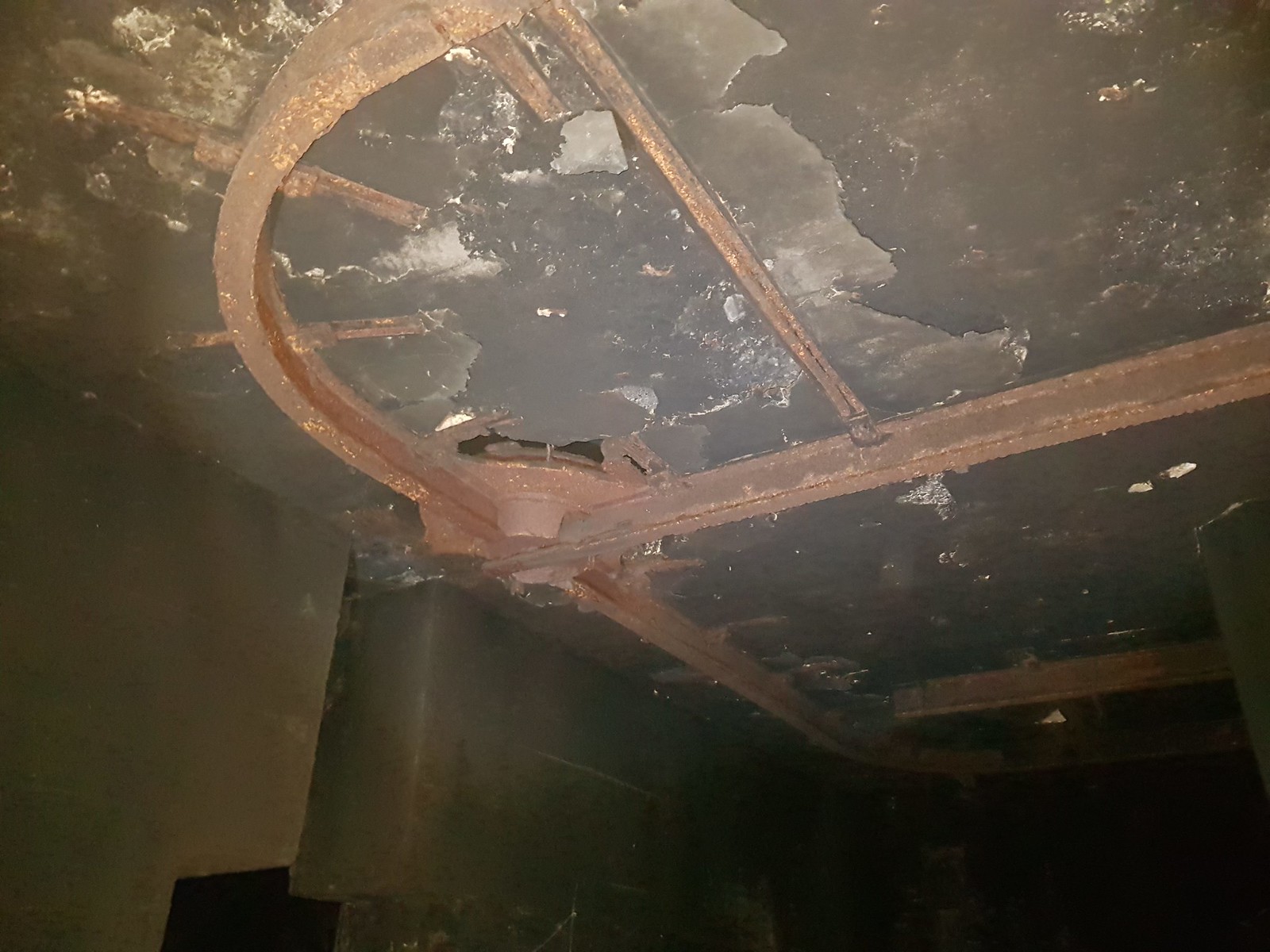 |  |  |
 |  |  |
 |  |  |
 |  |  |
 | 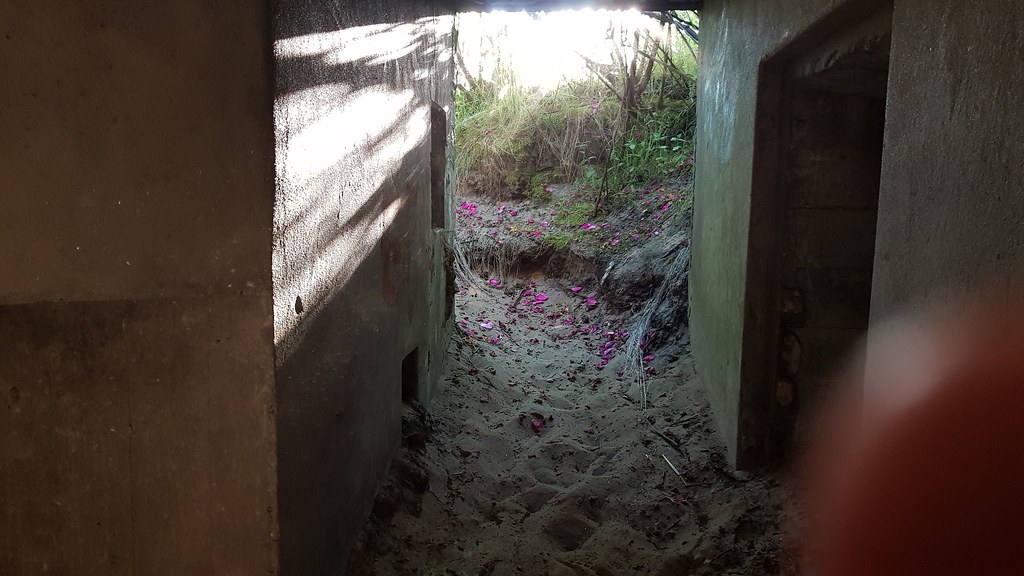 |  |
 |  |  |
 |  |  |
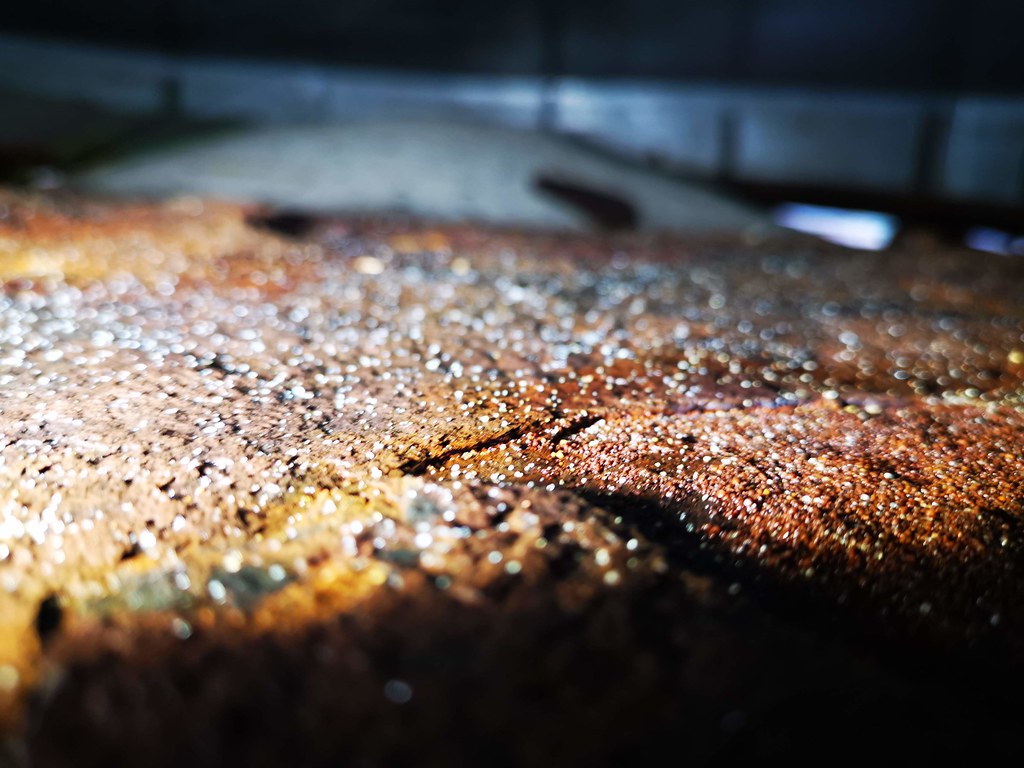 |  |  |
 |  |  |
 | 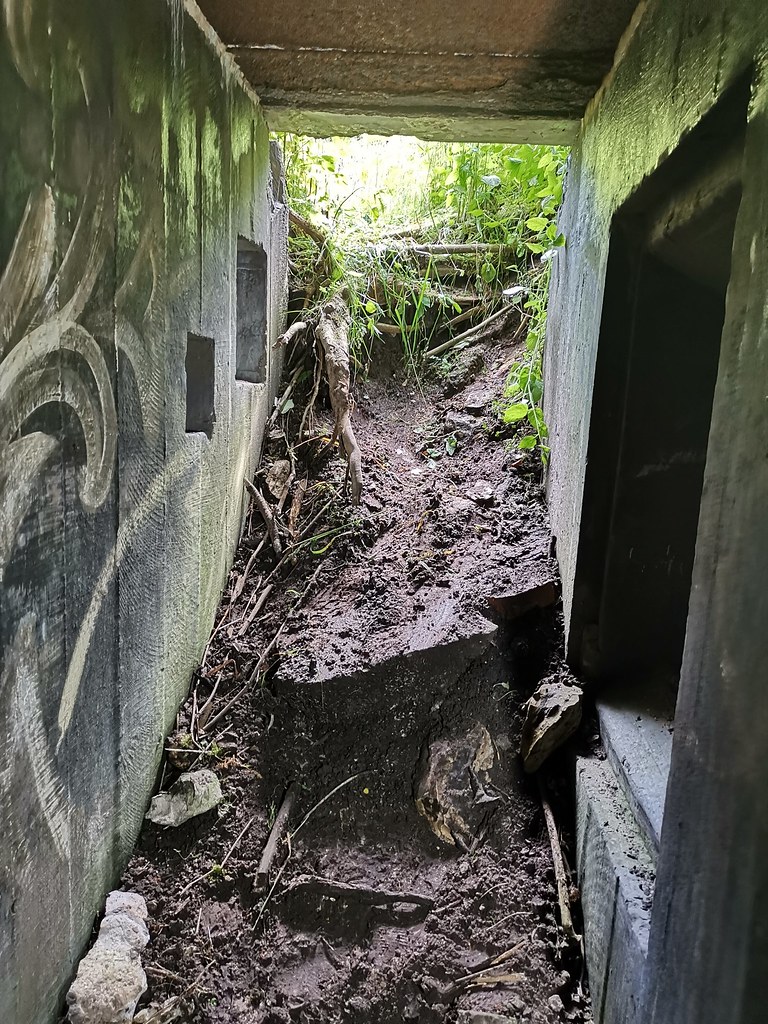 |  |
 |  |  |
 | 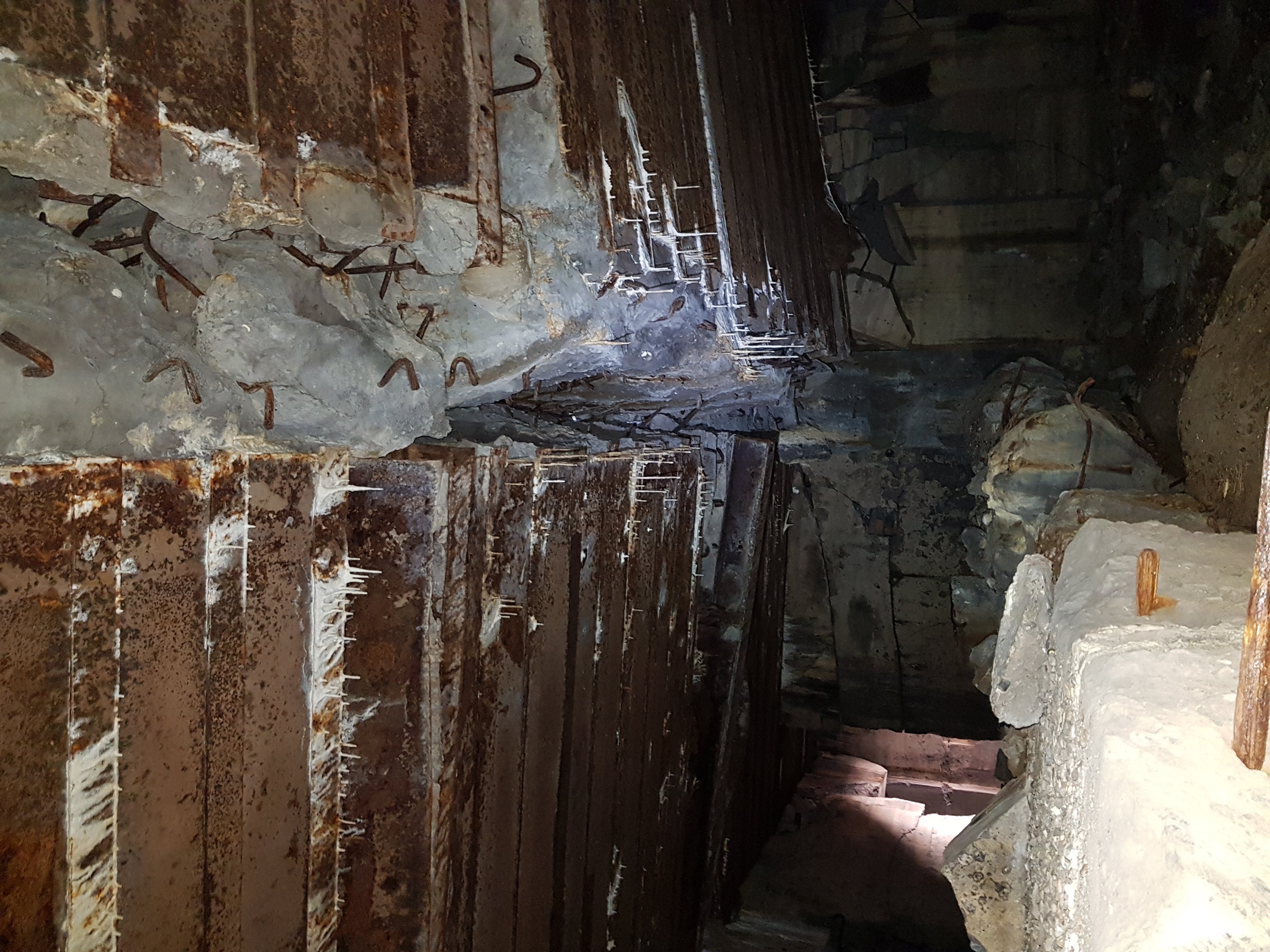 |
@atlantikwal_explorers Check out the ATLANTIKWALL in Raversyde #atlantic wall♬ original sound - atlantic wall
Pinterest boards

A type of bunker
The Atlantic Wall was a massive undertaking by the German army during World War II.Hitler knew that the Allies would eventually attempt to invade Europe from the west.and he wanted to ensure that they would have a difficult time doing so. The wall stretched over 2.000 miles along the coast of France.Belgium.and the Netherlands.and included thousands of bunkers.pillboxes.gun emplacements.and other fortifications.The wall was made up of concrete barriers.barbed wire fences.land mines.and anti tank obstacles.all designed to slow down an enemy invasion. Despite its size and scope.the Atlantic Wall ultimately failed to stop the Allied forces.On June 6.1944.D Day.the Allies launched a massive amphibious assault on Normandy.France.Although the Germans put up fierce resistance.they were unable to hold back the overwhelming force of the invading armies. In the end.the Atlantic Wall proved to be little more than a symbolic gesture by Hitler.It had cost millions of dollars and countless hours of labor to build.but it was no match for the determined soldiers who stormed its defenses.Today.many remnants of the wall can still be seen along the beaches of Normandy as a reminder of.

Escape the Norm with our Atlantikwall Museum
Explore abandoned World War II bunkers Get a glimpse of history through the lens of time Experience the eerie atmosphere and remnants left behind.

Abandoned Bunkers of World War II
WW2 German fortifications in DUNKIRK Atlantic Wall Bunkers 1.The Atlantic Wall: A brief overview of the massive defensive line constructed by Nazi Germany along the western coast of Europe during World War II. 2.Dunkirk and the Atlantic Wall: An exploration of how the Germans fortified their positions around Dunkirk.including the construction of bunkers.pillboxes.and other defensive structures. 3.Types of Fortifications: A detailed look at the various types of fortifications used by the Germans in Dunkirk.such as Tobruks.Regelbau bunkers.and anti tank obstacles. 4.Defensive Strategies: How the Germans utilized their fortifications to defend against Allied attacks.including tactics like interlocking fields of fire and camouflage techniques. 5.The Battle for Dunkirk: A summary of the events that took place during the battle for Dunkirk.including the role played by German fortifications in shaping the outcome of the conflict. 6.Post War Legacy: An examination of what remains of the German fortifications in Dunkirk today.including museums.preserved bunkers.and other historical sites. 7.Lessons Learned: What lessons can be drawn from the German fortifications in Dunkirk.both in terms of.

This wall was built in 1940
The Atlantic Wall was a massive undertaking.stretching over 2.400 miles from Norway to the Spanish border.It consisted of bunkers.pillboxes.artillery batteries.and other defensive structures designed to repel any invasion force that might attempt to land on the beaches of Western Europe. The construction of the Atlantic Wall began in earnest after Hitler's victory in France in 1940.German engineers worked tirelessly to build up the defenses along the coast.using slave labor from occupied countries to speed up the process. Despite its formidable appearance.however.the Atlantic Wall proved to be no match for the Allied forces when they finally launched their invasion of Normandy on June 6th.1944.The sheer numbers and firepower of the invading army overwhelmed the defenders.and within weeks the Allies had broken through the wall and were driving deep into Germany itself. Although it ultimately failed to stop the Allied advance.the Atlantic Wall remains an impressive feat of engineering and a stark reminder of the horrors of war.Today.many of its remnants can still be seen along the coasts of Europe.serving as a testament to the sacrifices made by both sides during World War II.

Atlantikwall Museum in Noordwijk, Netherlands
The Atlantic Wall was a defensive fortification built by Nazi Germany along the Atlantic coast of Europe. It was designed to protect the Reich from a possible Allied invasion during the early years of World War II.

Celebrate the US Military and WWII
Explore the remnants of World War II bunkers Immerse yourself in history and witness firsthand how war impacted our world Experience a hauntingly beautiful view into the past.

Nazi Germany launches invasion through channel
On June 6, 1944, the Allies invaded France in a large-scale operation and managed to successfully penetrate the German Atlantic Wall, which originally was an impenetrable military fortification designed to protect Germany’s western coast.

Find out more about Regelbau
Take a step back in time and explore an abandoned WWII Maginot bunker with Atlantic Wall.This urban exploration experience will transport you to the historic battlefields of World War II.giving you a rare glimpse into one of the most significant periods in modern history.Don't miss out on this extraordinary adventure!.
You may also like:
- the atlantic wall what was it
- what was the atlanticwall and when was it built 2
- Boards | Pinterest
- the atlanticwall protected atlantic
- dvd german coastal defence in norway
- the atlanticwall protected atlantic 23
- the surprising beauty of world war ii
- protectingthefuture with the atlanticwallatlas 2
- the atlanticwall protected atlantic
- protectingthefuture with
- watch the history channel atlanticwall 2
- all about atlantic wall in denmark
- atlantic wall oral history
- 10 fascinating facts about atlantic wall
- what was the atlanticwall and when was it built
- what was atlanticwall and when was it 23
- germany defended the coast from england
- watch history channel atlanticwall
- watch the history channel atlanticwall
- the atlanticwall protected the atlantic westwall 2
- ww2 bunkers exposed to storms
- atlantic wall military training site
- what was the atlanticwall and when was it built
- Profile | Pinterest
- the atlantic wall re enactment
- the atlanticwall protected the atlantic westwall
- german coastal defence in norway during wwii
- remains of the atlantikwall
- the atlanticwall protected the atlantic westwall 2
- world war ii atlantic wall timeline germany
- get started building your own atlantic wall now
- watch history channel atlanticwall
- the atlanticwall protected the atlantic westwall
- protectingthefuture with the atlanticwallatlas
- constructed by nazi germany during
- what was the atlanticwall and when was it built
- the atlanticwall protected atlantic
- atlantic wall is home to bunkers
- protectingthefuture with
- battle in norway during wwii
- the atlanticwall protected atlantic 23















































































Comments
Post a Comment